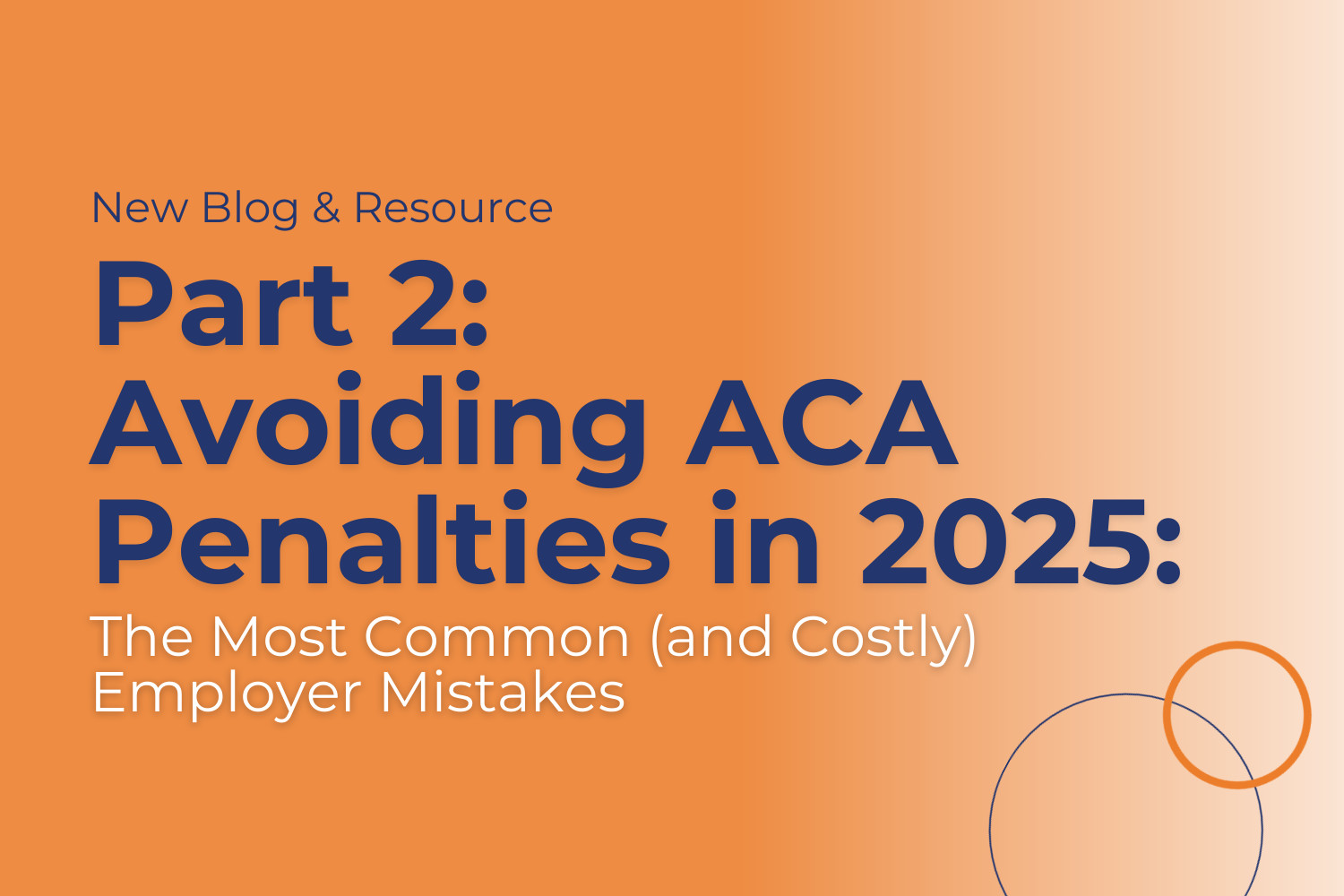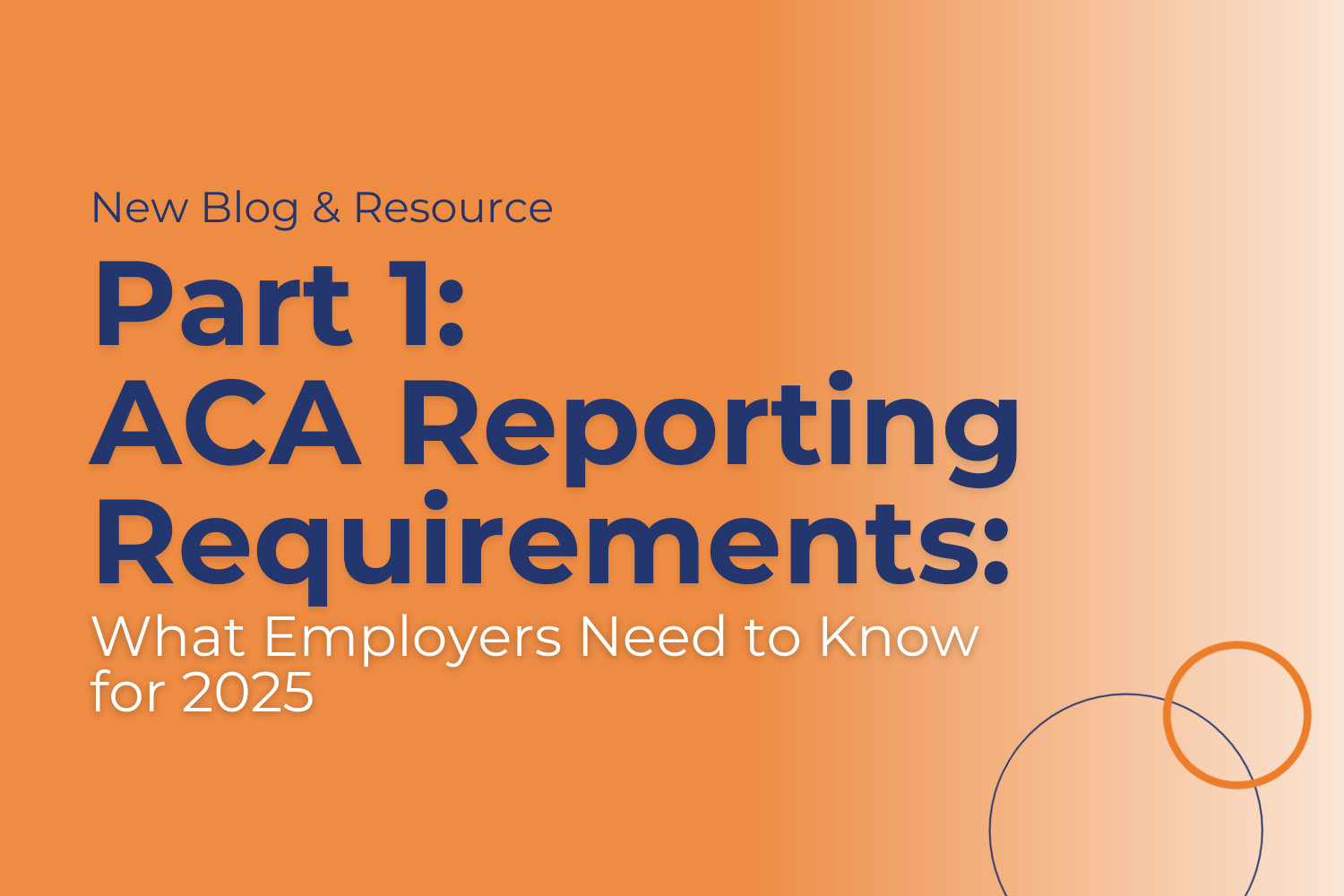How to Achieve Pay Transparency Compliance in 2025: A 5-Step Guide for Employers
July 17th 2025

Building a Compliant and Competitive Compensation Strategy
Ensuring pay transparency compliance in 2025 isn’t just about checking legal boxes—it’s about building a compensation strategy that aligns with your company’s values, supports talent retention, and stays ahead of evolving state-specific salary transparency laws.
Here are the five essential steps every employer should follow to ensure pay transparency and equity in 2025:
Step 1: Gather Background Information for Success
Define Your Compensation Strategy
A clear compensation strategy is the foundation for compliant and equitable pay practices. It answers the “why” behind employee pay and provides a consistent framework for decision-making.
A strong compensation philosophy helps you:
- Attract top talent
- Retain key employees
- Motivate performance
- Ensure pay equity
- Align compensation with business goals
- Meet legal compliance requirements
Questions to Consider:
- Who should be involved in building the strategy?
- Does this strategy align with business and HR objectives?
- Are we focused on attracting and retaining the right people?
Gather Internal & External Data:
- Updated job descriptions
- Pros/cons of your current pay structure
- Employee census data (location, job role, demographics, tenure)
- Competitive market data (via salary surveys and benchmarking tools)
Using this data-driven approach ensures your compensation structure supports both compliance and business growth.
Step 2: Conduct Market Pay Data Analysis
Use Relevant Market Data Scopes:
- Geography: Compensation varies by state and city.
- Industry: Sector norms differ.
- Company Size: Revenue and headcount influence pay.
Benchmark Roles Effectively:
- Match job descriptions (not just titles) by at least 80%.
- Compare your pay structure against credible third-party compensation data.
Evaluate Pay Equity:
- Identify discrepancies by gender, race, ethnicity, tenure, and experience.
- Determine root causes of pay gaps—don’t just patch over symptoms.
Factoring in market trends, inflation, and competitor practices ensures you stay both fair and competitive.
Step 3: Develop Transparent Pay Structures
Build Pay Ranges:
- Define minimum, midpoint, and maximum salary limits.
- Keep ranges tight—avoid open-ended bands.
- Align ranges with performance and experience expectations.
Address Outliers:
- Red circle rates (above max) and green circle rates (below min) need corrective action.
- Communicate salary adjustments with clarity and purpose.
Ensure Ongoing Pay Equity:
- Use compensation analysis tools to monitor pay equity and prevent legal issues.
- Promote fairness across all demographic groups and job levels.
Step 4: Implement and Evaluate Your Pay Structure
Roll Out the New Structure:
- Set a go-live date
- Assign internal responsibilities
- Build a transparent communication plan for employees
Communicate why changes are being made, how salary ranges were determined, and how it benefits employees.
Evaluate Annually:
Ask:
- Is this structure equitable, competitive, and fiscally sustainable?
- Can leadership confidently explain the pay framework?
- Is it aligned with our talent acquisition and retention goals?
Use metrics like employee satisfaction, recruitment success, and turnover rates to measure ROI.
Step 5: Ensure Full Pay Transparency Compliance
Tips to Stay Compliant in 2025:
- Multi-State Employers: Stay updated on each state’s salary disclosure laws.
- Avoid Compliance Evasion: Transparency means more than posting a pay range—it means following the spirit and the letter of the law.
- Focus on High-Visibility Roles: Prioritize job postings in jurisdictions with strict laws.
- Train People Managers: Ensure they’re equipped to handle pay-related questions consistently.
- Maintain Consistency: Apply compensation policies organization-wide.
- Conduct Regular Pay Audits: Catch and fix equity issues before they become legal problems.
Working with MP’s HR experts and leveraging our compensation analysis tools makes this process smoother, smarter, and scalable.
Conclusion: Invest in Transparency, Drive Long-Term Success
Pay transparency compliance in 2025 is more than a legal obligation—it’s a competitive advantage. When you take a proactive, structured approach to building a transparent compensation strategy, you:
- Stay compliant with state and federal laws
- Foster workplace equity and trust
- Improve employee retention and satisfaction
- Strengthen your employer brand
Partnering with MP gives you the strategic support and technology to build a future-ready compensation plan.
Ready to build a compliant and competitive compensation strategy? Let MP help you navigate pay transparency laws and elevate your workforce.
Talk to an MP HR Expert →
Make sure to subscribe to MP’s blog and stay on top of the most up-to-date news and trends in the business realm.
Stay Up-To-Date on Compliance & Trends
Recent Posts
- Part 2 – Avoiding ACA Penalties in 2025: The Most Common (and Costly) Employer Mistakes
- Part 1 – ACA Reporting Requirements Made Simple: What Employers Need to Know for 2025
- Multi-State Compliance FAQs: Answers to the Questions HR Leaders Actually Ask
- Why Generic HR Systems Fail Professional Services — And What to Do Instead
- Part 3 – How to Build a Scalable Multi-State Compliance Strategy That Actually Works
Categories
- ACA (10)
- AI (6)
- BizFeed (6)
- Business Strategy (120)
- COBRA (5)
- Compliance (252)
- COVID-19 (92)
- Diversity (12)
- eBooks (19)
- Employee Engagement (33)
- Employee Handbooks (24)
- ERTC (29)
- FFCRA (7)
- HR (312)
- MP Insider (13)
- Payroll (172)
- PFML (9)
- PPP (24)
- PTO (5)
- Recruiting (54)
- Remote Work (39)
- Return to Work (32)
- Unemployment (1)
- Wellness (22)
Archives
- December 2025
- November 2025
- October 2025
- September 2025
- August 2025
- July 2025
- June 2025
- May 2025
- April 2025
- March 2025
- February 2025
- January 2025
- December 2024
- November 2024
- October 2024
- September 2024
- August 2024
- July 2024
- June 2024
- May 2024
- April 2024
- March 2024
- February 2024
- January 2024
- December 2023
- November 2023
- October 2023
- July 2023
- June 2023
- May 2023
- April 2023
- March 2023
- January 2023
- December 2022
- October 2022
- September 2022
- August 2022
- July 2022
- June 2022
- May 2022
- April 2022
- March 2022
- February 2022
- January 2022
- December 2021
- November 2021
- October 2021
- September 2021
- August 2021
- July 2021
- June 2021
- May 2021
- April 2021
- March 2021
- February 2021
- January 2021
- December 2020
- November 2020
- October 2020
- September 2020
- August 2020
- July 2020
- June 2020
- May 2020
- April 2020
- March 2020



